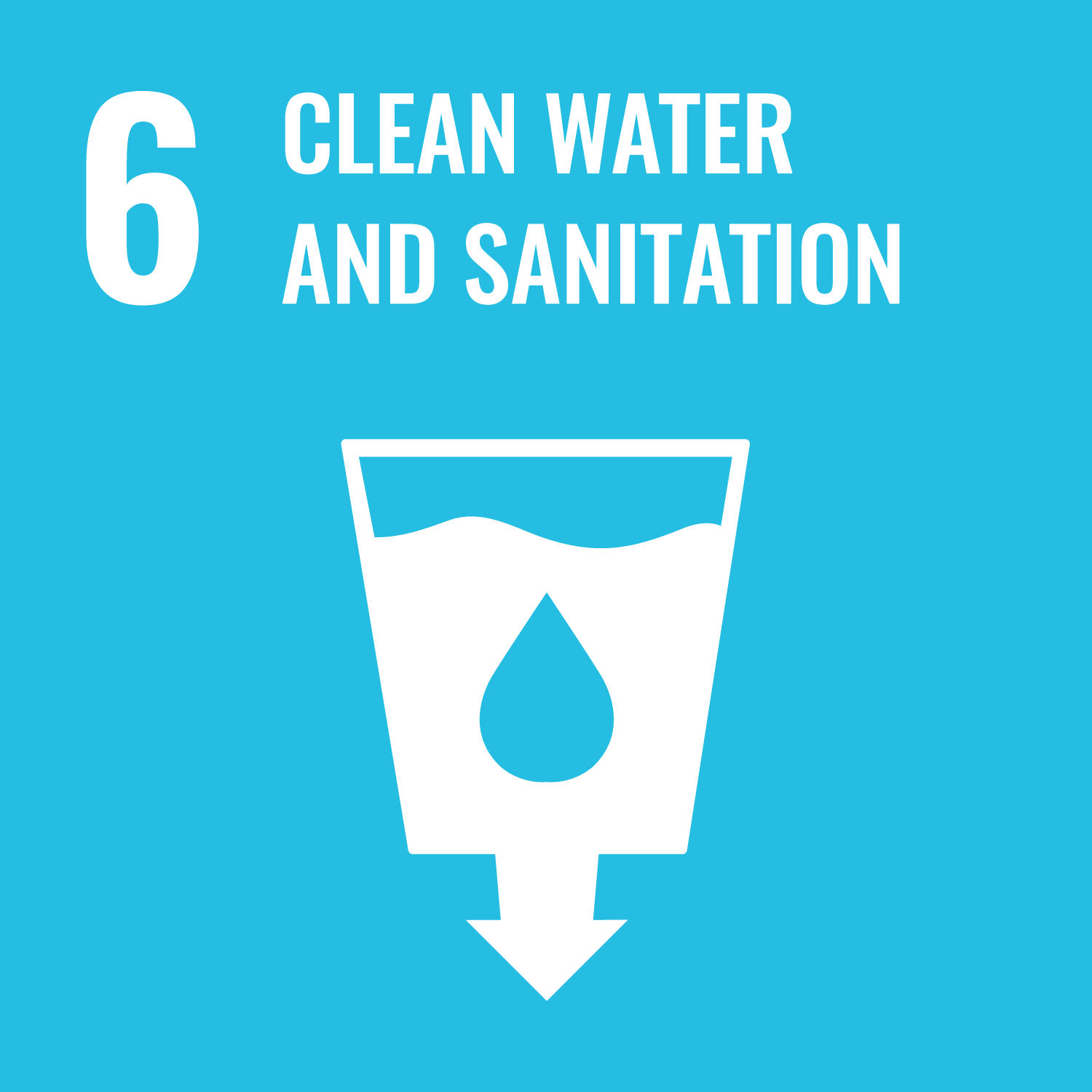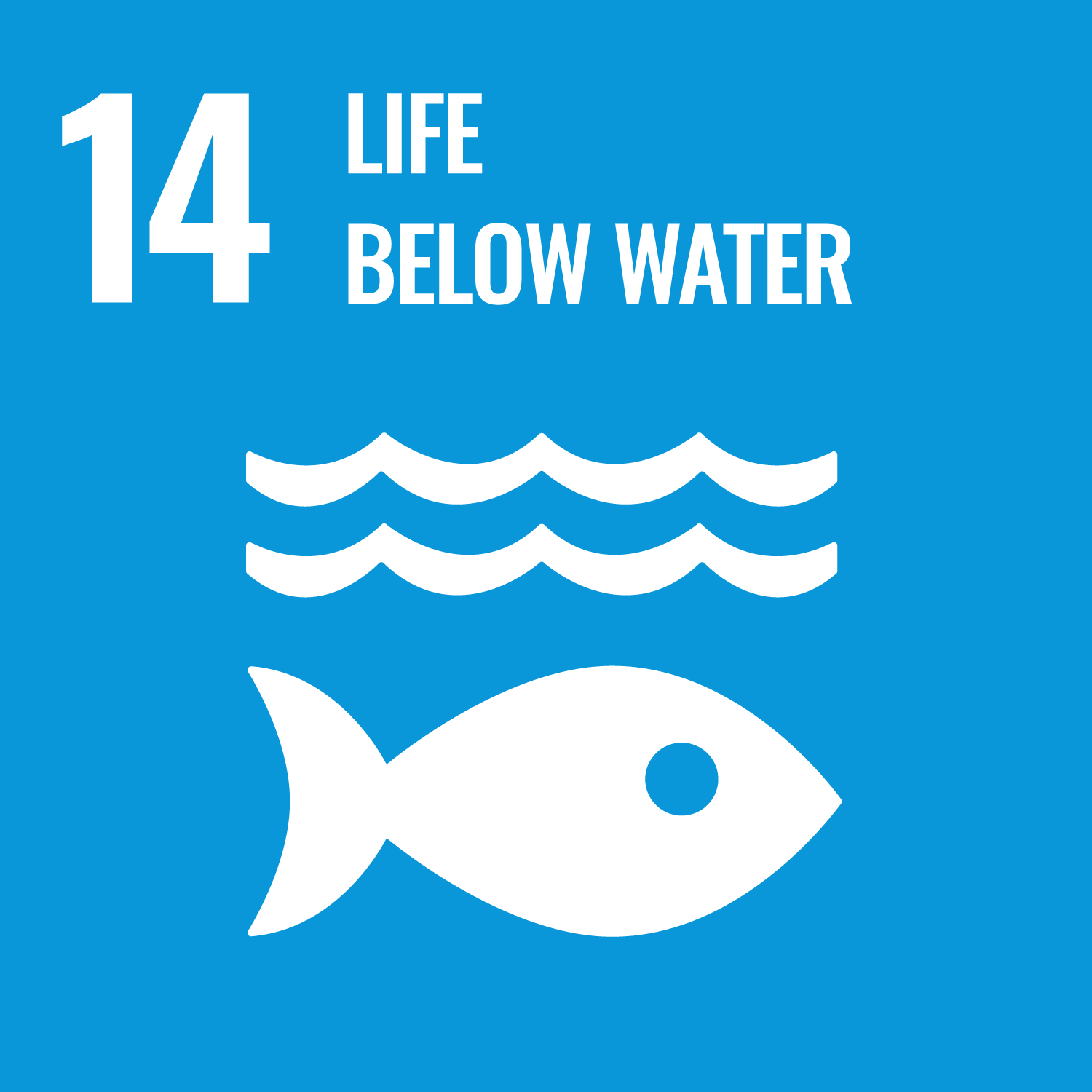ORCID
- S. N. Ingram: 0000-0002-2959-1647
Abstract
Coastal bottlenose dolphin populations are highly vulnerable due to their small population sizes and proximity to human activities. Long‐term studies in the UK have monitored populations protected within Special Areas of Conservation (SACs) since the 1990s, but a small community of bottlenose dolphins inhabiting the coastal waters of southern England has received much less attention. The English Channel is one of the most heavily impacted marine ecosystems worldwide and increasing anthropogenic pressures pose a severe threat to the long‐term viability of this population. Conservation measures to protect these animals have been hindered by a lack of knowledge of population size, distribution and ranging behaviour. This study aimed to fill these knowledge gaps. A citizen science sighting network yielded 7458 sighting reports of bottlenose dolphins between 2000 and 2020. Resightings of identified individuals were used to estimate abundance, distribution, and ranging behaviour. Social structure analysis revealed a discrete interconnected group of animals in shallow coastal waters, which did not appear to mix with conspecifics identified further offshore. A Bayesian multi‐site mark–recapture analysis estimated that this population comprises around 48 animals (CV = 0.18, 95% HPDI = 38–66). These dolphins ranged between North Cornwall and Sussex, with an average individual range of 530 km (68–760 km). Areas of high‐modelled habitat suitability were found to overlap with high levels of anthropogenic pressure, with pollution and boat traffic identified as the most pervasive threats. Although adult survival rates indicated that the population was relatively stable from 2008 to 2019 (0.945 (0.017 ± SE)), the small population size implies a significant risk to their long‐term viability and resilience to environmental change. By highlighting the most deleterious anthropogenic activities and regions of conservation significance, our results will be useful for developing management policies for threat mitigation and population conservation, to protect this vulnerable group of dolphins.
DOI Link
Publication Date
2023-11-28
Publication Title
Animal Conservation
ISSN
1367-9430
Acceptance Date
2023-10-25
Deposit Date
2024-01-02
Embargo Period
2024-02-03
Recommended Citation
Corr, S., Dudley, R., Brereton, T., Clear, N., Crosby, A., Duncan, S., Evans, P., Jones, D., Sayer, S., Taylor, T., Tregenza, N., Williams, R., Witt, M., & Ingram, S. (2023) 'Using citizen science data to assess the vulnerability of bottlenose dolphins to human impacts along England's South Coast', Animal Conservation, . Available at: 10.1111/acv.12921




